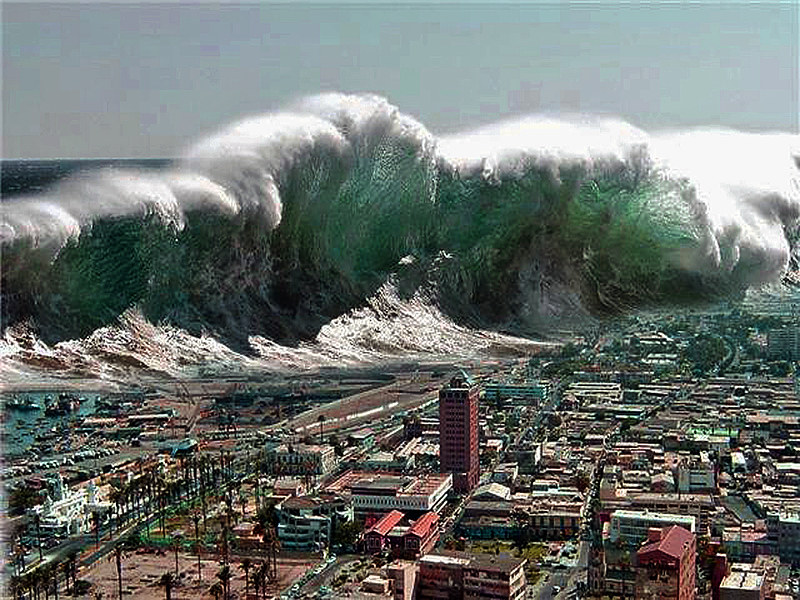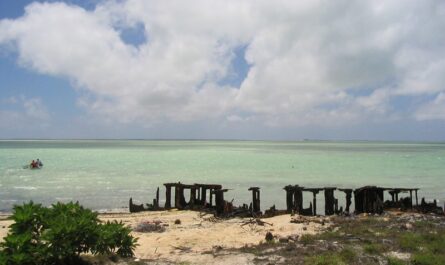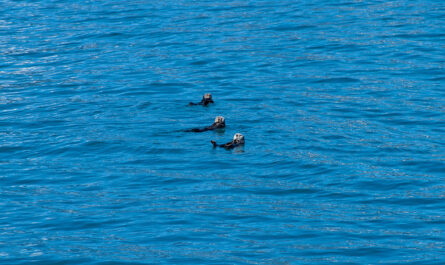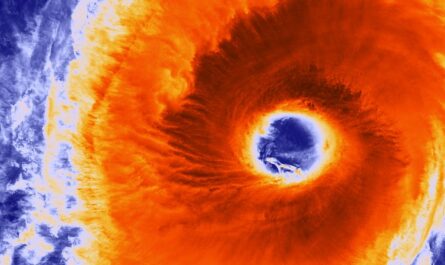The Pacific Ocean is home to some of the most active seismic activity on Earth due to the Pacific Ring of Fire, a volatile tectonic boundary where earthquakes, volcanic eruptions, and tsunamis occur frequently. Throughout history, the Pacific has experienced devastating tsunamis that have reshaped coastlines, taken thousands of lives, and left lasting impacts. These events offer critical lessons on the importance of preparedness, early warning systems, and the global cooperation needed to mitigate future risks.
1. The Pacific Ring of Fire: The Source of Seismic Activity
The Pacific Ring of Fire encompasses a series of tectonic plate boundaries that surround the Pacific Ocean. Here, subduction zones—where one tectonic plate slides beneath another—create the conditions for large-scale underwater earthquakes and volcanic eruptions, the primary causes of tsunamis. These seismic events displace massive amounts of water, generating waves that can travel at speeds up to 500 miles per hour (800 km/h), wreaking havoc when they reach coastlines.
Key Locations of Tsunami Generation:
- Japan Trench (East of Japan)
- Aleutian Trench (Near Alaska)
- Chile-Peru Trench (West coast of South America)
Tsunamis originating in these areas can affect coastlines both locally and across vast distances, as seen in several major historical events.
2. The 2004 Indian Ocean Tsunami: A Global Wake-Up Call
The 2004 Indian Ocean tsunami was one of the deadliest natural disasters in modern history. Although outside the Pacific, it had profound effects on global tsunami awareness and preparedness. A 9.1 magnitude earthquake off the coast of Sumatra triggered massive waves that devastated coastal regions across Southeast Asia, causing over 230,000 deaths. The scale of this disaster exposed the lack of early warning systems in many parts of the world, prompting the establishment of the Indian Ocean Tsunami Warning and Mitigation System (IOTWS) and improvements to global monitoring systems, including those in the Pacific.
The tragedy of 2004 heightened the global awareness of the potential for devastation in tsunami-prone regions and catalyzed the expansion of early warning systems and international cooperation. Many of these improvements benefited the Pacific, where local and distant tsunamis have long posed threats.
3. The 1960 Chilean Tsunami: A Lesson in Global Impact
The 1960 Valdivia earthquake in Chile, the most powerful earthquake ever recorded at 9.5 on the Richter scale, triggered a tsunami that swept across the Pacific, reaching as far as Hawaii, Japan, and the Philippines. In Chile, massive waves devastated coastal towns, while in Hawaii, Hilo bore the brunt of waves up to 35 feet high, killing 61 people. In Japan, the tsunami took 138 lives, illustrating the far-reaching impact of Pacific tsunamis.
Lessons learned:
- Global Cooperation: This event emphasized the need for international cooperation in monitoring and issuing tsunami warnings, leading to the further development of the Pacific Tsunami Warning Center (PTWC), which has since become a critical element of tsunami preparedness across the Pacific.
- Infrastructure Improvements: In response, coastal regions worldwide, particularly in Hawaii and Japan, invested in tsunami-resistant infrastructure and evacuation plans.
4. The 2011 Tohoku Tsunami: A Multi-Faceted Disaster
On March 11, 2011, a 9.0 magnitude earthquake off the northeastern coast of Japan triggered one of the most devastating tsunamis in modern history. The waves, which reached up to 133 feet in some areas, claimed nearly 16,000 lives, destroyed entire towns, and caused the Fukushima Daiichi nuclear disaster.
The 2011 Japan tsunami stands out for several reasons:
- Nuclear Disaster: The Fukushima nuclear plant, located on the coast, suffered catastrophic failures as the tsunami damaged the plant’s cooling systems. The incident resulted in widespread radioactive contamination.
- Preparedness: Although Japan’s advanced tsunami warning system saved many lives, the sheer scale of the disaster overwhelmed coastal defenses. This disaster emphasized the importance of continuous upgrades to warning systems, coastal infrastructure, and public education.
- Global Economic Impact: With losses exceeding $235 billion, the event was the costliest natural disaster in history. Japan’s reconstruction efforts prompted a global reevaluation of nuclear safety and disaster preparedness, particularly in tsunami-prone regions.
5. The 1946 Aleutian Islands Tsunami: Birth of the Pacific Tsunami Warning Center
The 1946 Aleutian Islands tsunami, caused by a 7.8 magnitude earthquake, struck Hawaii with devastating force, reaching heights of 55 feet in Hilo and killing 159 people. There were no tsunami warning systems in place at the time, making the devastation particularly severe.
This event was pivotal in the creation of the Pacific Tsunami Warning Center (PTWC) in 1949, the first of its kind, which remains critical to issuing early warnings across the Pacific.
6. Technological Advances: Early Warning Systems and DART
Early warning systems have come a long way since the mid-20th century. The development of DART (Deep-ocean Assessment and Reporting of Tsunamis), a network of buoys that detect pressure changes on the ocean floor, has revolutionized tsunami monitoring. By providing real-time data, DART allows for more accurate predictions of the size and trajectory of tsunami waves.
Seismic sensors, satellite data, and tide gauges work together to monitor underwater seismic activity, helping countries prepare for potential tsunamis.
Public Awareness and Education
Even with advanced technology, community preparedness is essential. Nations like Japan and Chile regularly conduct tsunami drills, ensuring that coastal communities know how to respond to an alert. Evacuation routes, public education programs, and infrastructure upgrades have become critical elements of disaster preparedness.
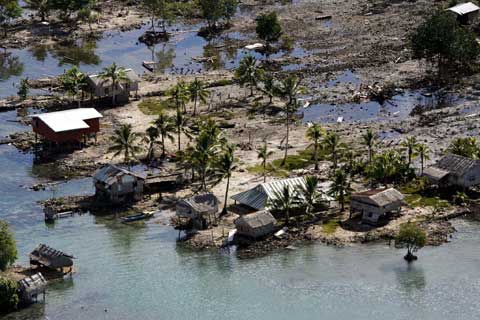
7. Ongoing Challenges and Future Threats
Despite technological advancements and global cooperation, challenges remain:
- Climate Change and Rising Sea Levels: While not directly linked to tsunamis, rising sea levels could exacerbate the effects of future tsunamis by allowing waves to penetrate further inland.
- Increased Coastal Population: Rapid urbanization along Pacific coastlines means that more people are now at risk from tsunamis. Governments need to invest in sustainable infrastructure and education to mitigate the potential damage.
- Cross-border Coordination: Tsunamis do not respect national boundaries, making international cooperation essential for effective monitoring and response.
Conclusion: Building Resilience for the Future
The history of tsunamis in the Pacific offers sobering lessons about the destructive potential of nature. Events like the 2011 Japan tsunami and the 1960 Chilean tsunami illustrate the far-reaching impacts of these natural disasters. However, they also showcase humanity’s capacity to learn, adapt, and protect itself through better infrastructure, early warning systems, and public preparedness.
As climate change and urbanization increase the stakes, global cooperation and continuous improvements to monitoring technologies will be essential to protect the millions of people living in tsunami-prone regions. With better tools and greater awareness, the Pacific nations can mitigate the effects of future tsunamis and save lives.
